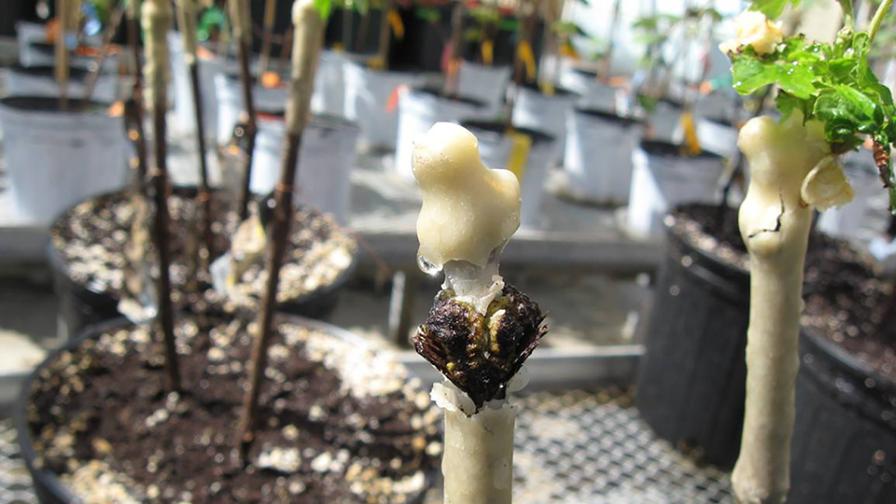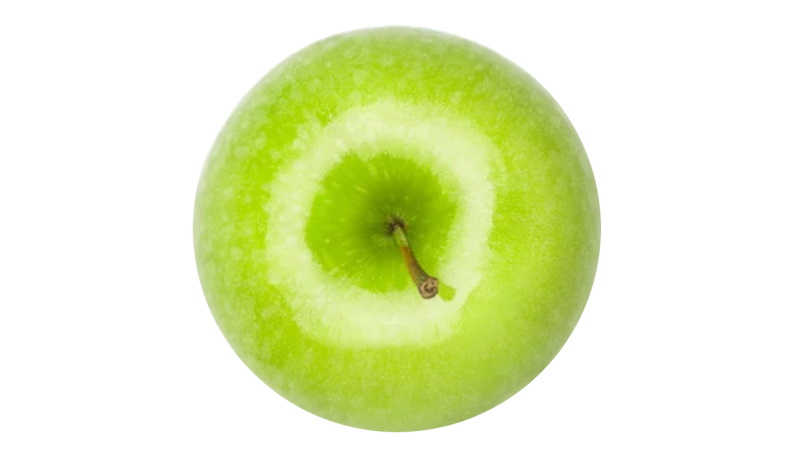What Really Happens to Grapevines During the Dormant Season?
Only the trunks and canes of a vine remain after the grape bunches have been harvested and the leaves have fallen. While the barren vines may lead you to believe that winter is a time of hibernation, this is not the case.
True, vines go dormant throughout the winter months, momentarily ending all above ground growth, but things aren’t so quiet beneath the surface. In the winter, instead of focusing on producing fruit or new leaf development, vines deposit their energy into their root systems. Roots will grow, taking up soil nutrients to keep the vine robust over the winter, while also preparing for spring and the sprouting of new shoots.
Vine trunks store carbohydrates during the growing season. Come spring, stored carbohydrates play a critical role. Once the winter has past and the ambient temperature reaches 50°F or higher, this reserve, together with the nutrients obtained by the roots from the soil, will provide the energy needed for vines to grow new leaves and shoots.
WINTER VINE CARE
Even after the harvest is completed, there is still work to be done in the vineyard. Grape growers use the winter dormancy to evaluate the season and prepare for the next one. Therefore, winter is a pivotal time to reassess the vineyard work and improve the management for the next year.
Pruning is the first winter task to discuss and plan accordingly. In fact, canes from the previous year are pruned, and new canes are selected from which the new shoots will emerge at budburst in the spring. This is a delicate procedure. This crucial stage determines how many buds will emerge in the spring and, eventually, how many grape clusters will be produced by the vine. It should be emphasized that the grape yield, like other characteristics of terroir, such as temperature and soil, plays a fundamental role in fruit quality and in the overall performance of the vineyard.
Often in cool-climate viticulture, high-vigor varietals are pruned, and the pruning decisions make a significant impact on the quality of the grapes.
Under-pruning might result in an overly big canopy with too many clusters, decreasing quality and increasing the cost of the summer canopy management.
Over-pruning, on the other hand, is also an issue. Instead of producing and ripening fruit, vines will divert much of their energy into the vegetative growth of the canopy. For the winemakers, this is not the best outcome.
CONTROLLING CROWN GALL
Crown gall is caused by the bacterium Agrobacterium vitis (rarely by Agrobacterium tumefaciens). It is one of the most economically destructive grape diseases world-wide in cool-cold viticulture regions. Agrobacterium vitis survives in grapevine cuttings, debris, and in soil. It is particularly concentrated in the rhizosphere of grapevines and infects through natural openings most commonly generated on roots or by freeze or physical injuries.
The bacteria systemically colonizes grapevines and disseminates to shoots via xylem sap flow. Grapevines grown in areas subject to freezing winter temperatures are especially vulnerable to crown gall because freezing injuries provide a wound where the disease can initiate. Post-callus formation and vascular connection of graft unions can also result in crown gall development.

Crown gall tumors develop at wound sites that occur around the graft union.
Photo courtesy of Michigan State University
Currently, there are no completely effective methods of controlling crown gall disease in vineyards. However, there are practical options for partial disease control that aim at producing pathogen-free planting material by in vitro apical meristem or shoot tip tissue culture or at inhibiting bacterial infection.
Traditional breeding for grapevine crown gall resistance represents another approach, although resistant varieties that produce high-quality fruit have not yet been developed. Site selection, multiple trunk grapevine training, hilling of grapevine graft unions, and irrigation management to avoid freeze injury are still the most important tools.
None of the currently available cultural practices yields acceptable levels of control in vineyards. However, genetic engineering and biological control are promising research approaches with significant potential for suppressing grapevine crown gall.









